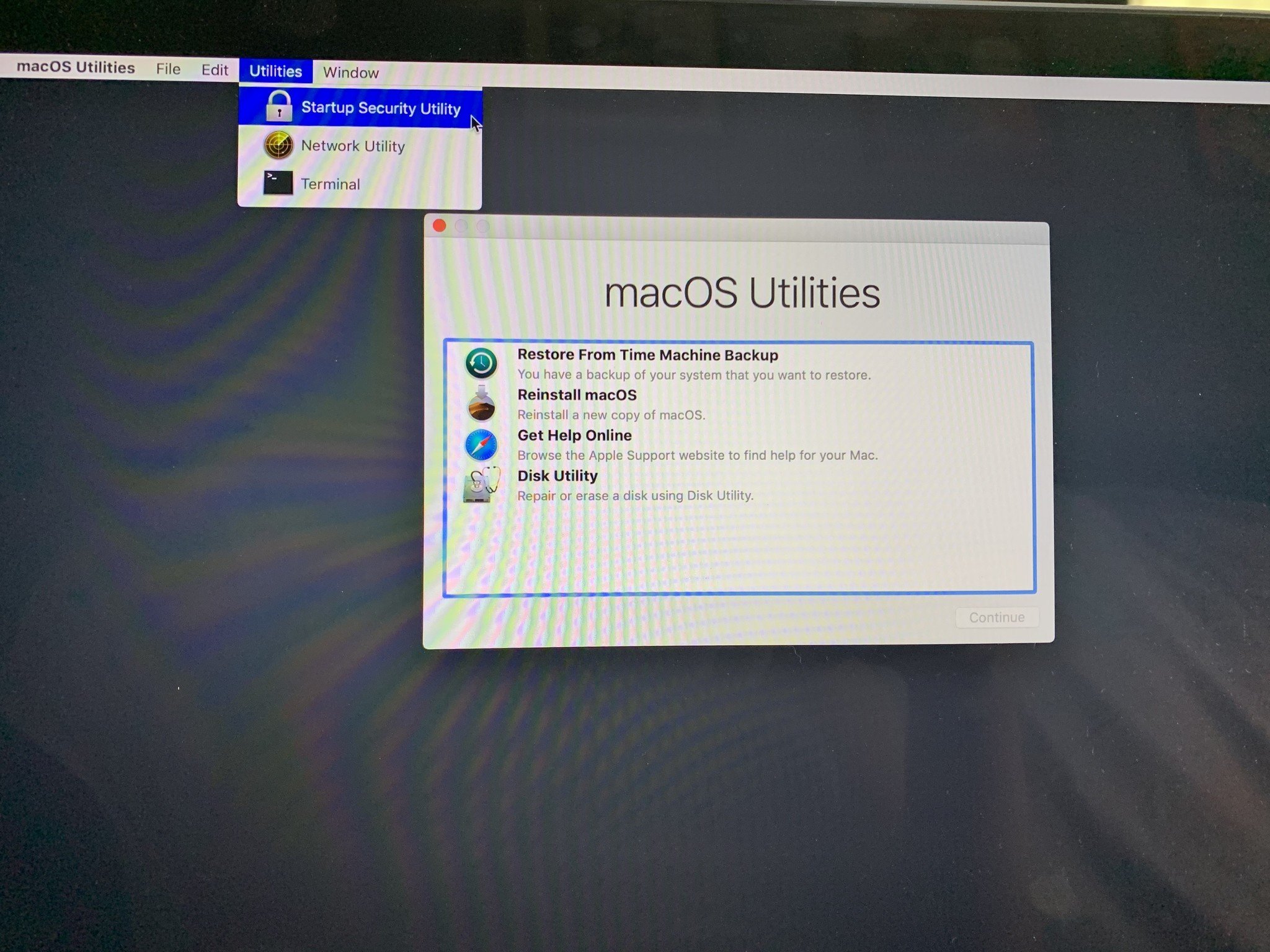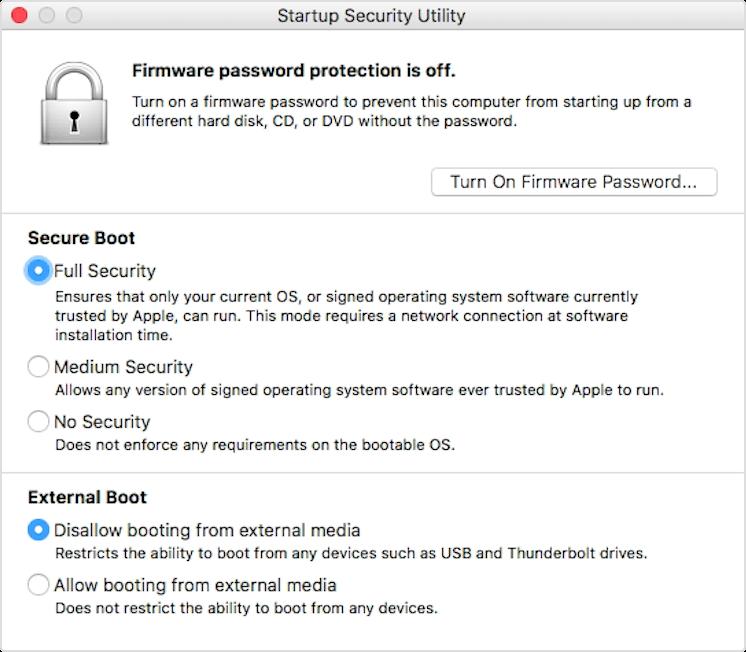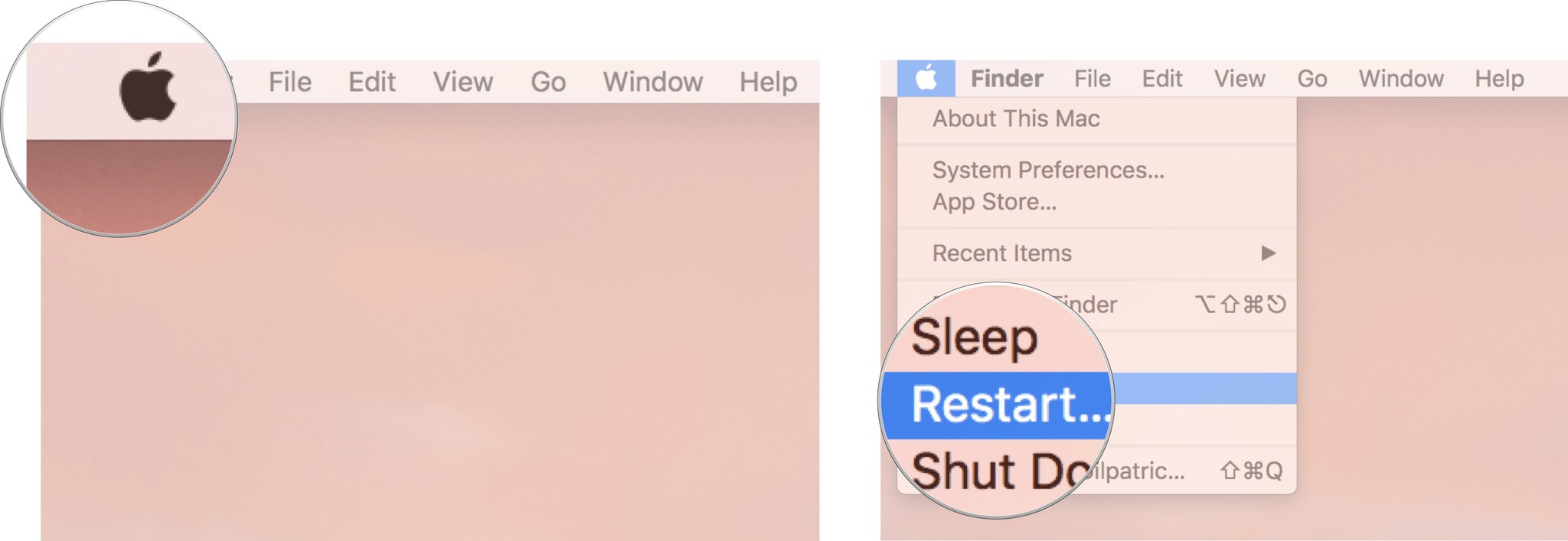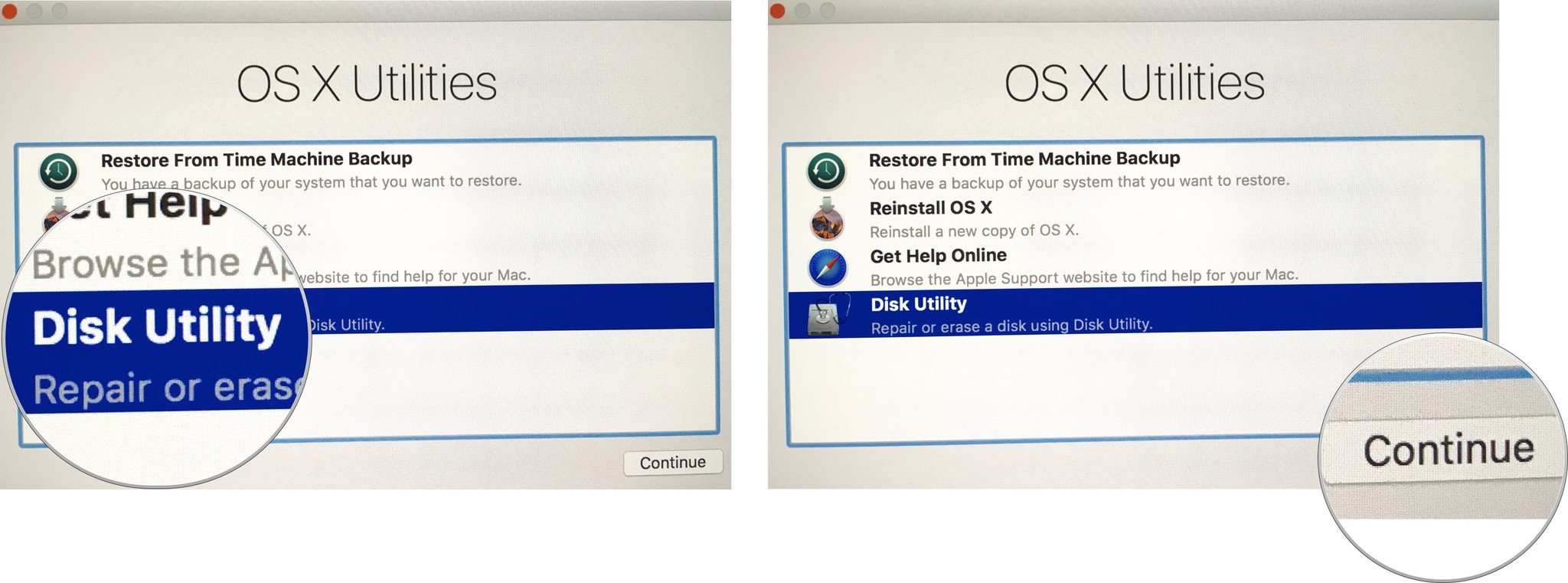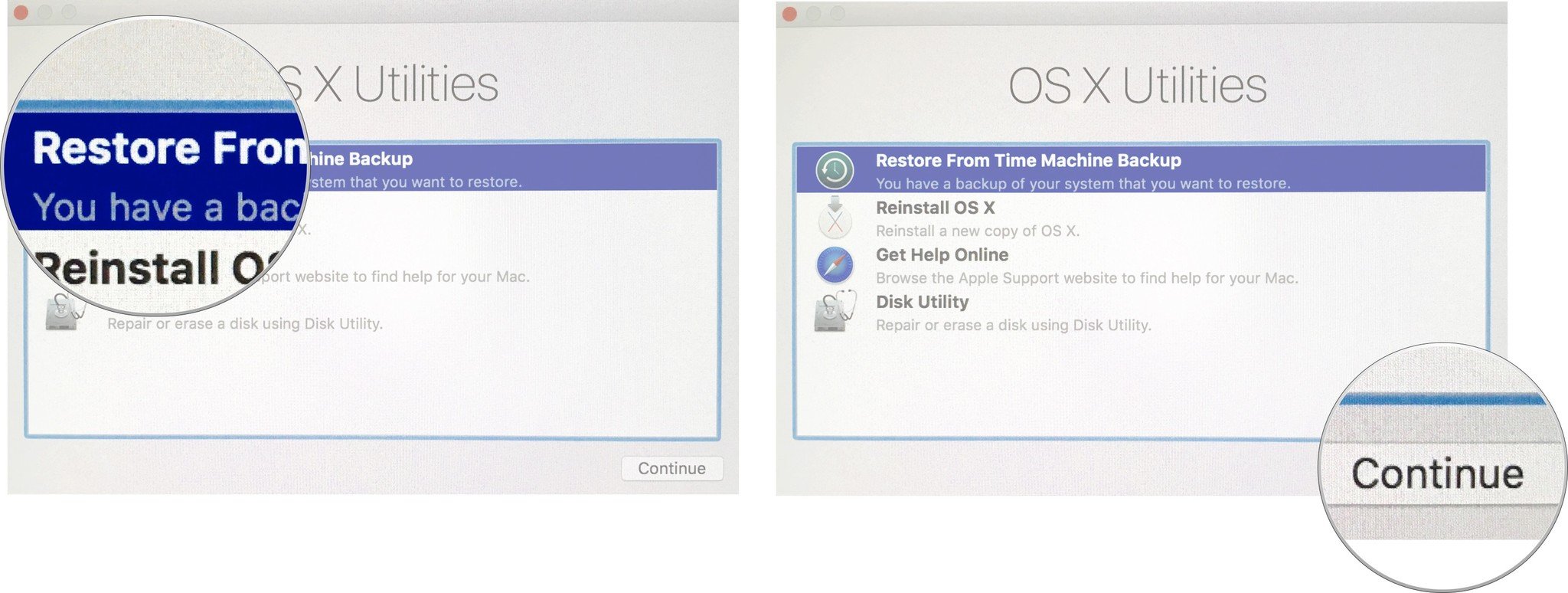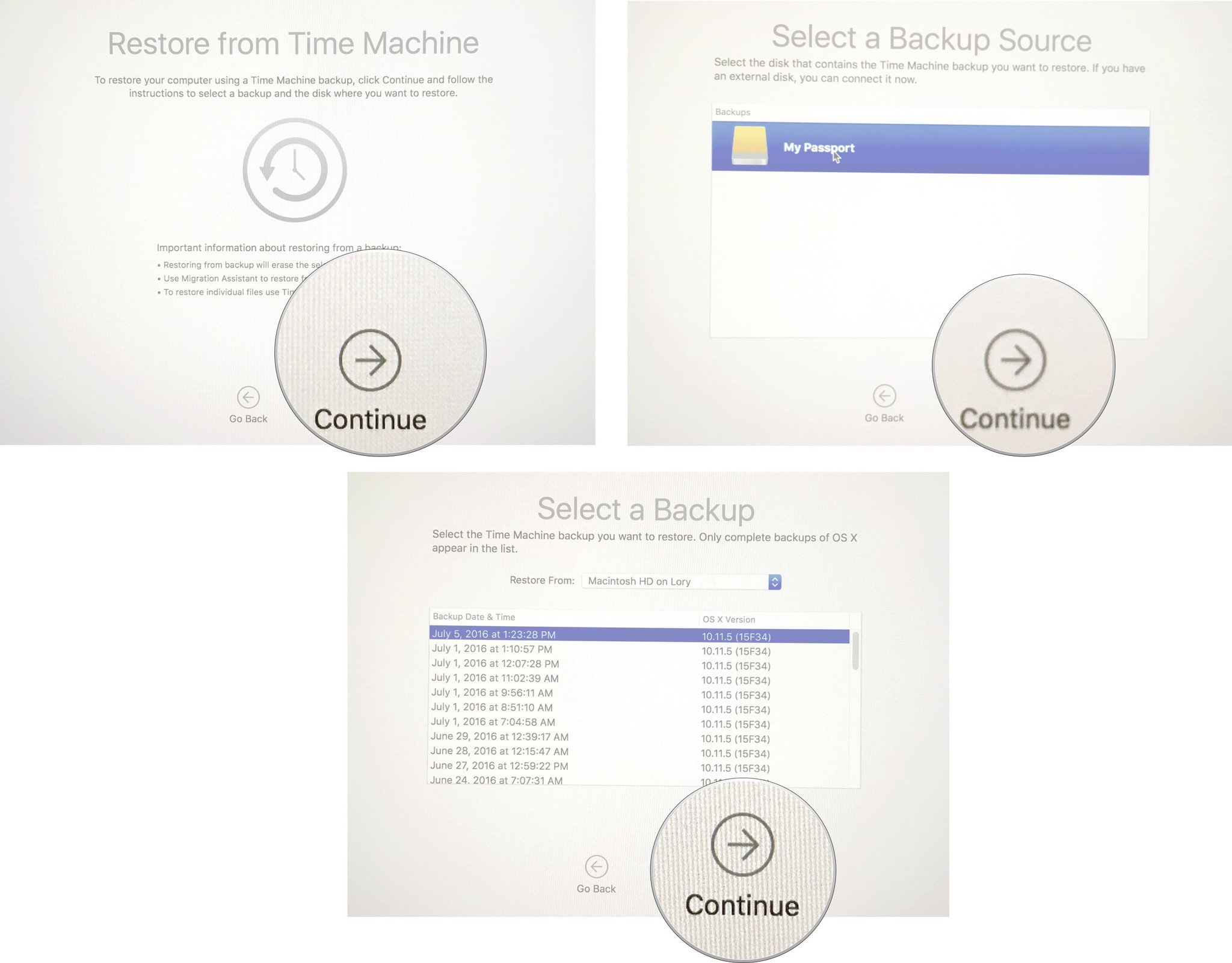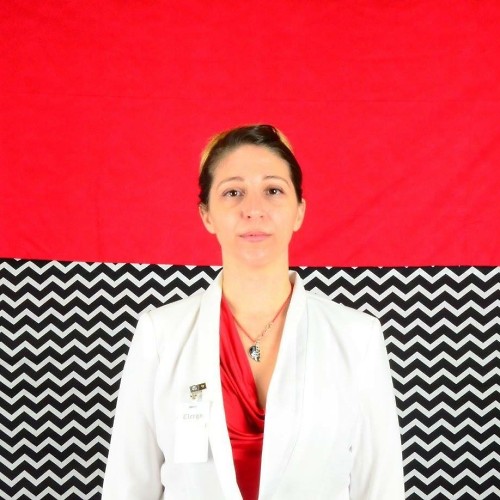How to downgrade your Mac from macOS Big Sur back to Catalina
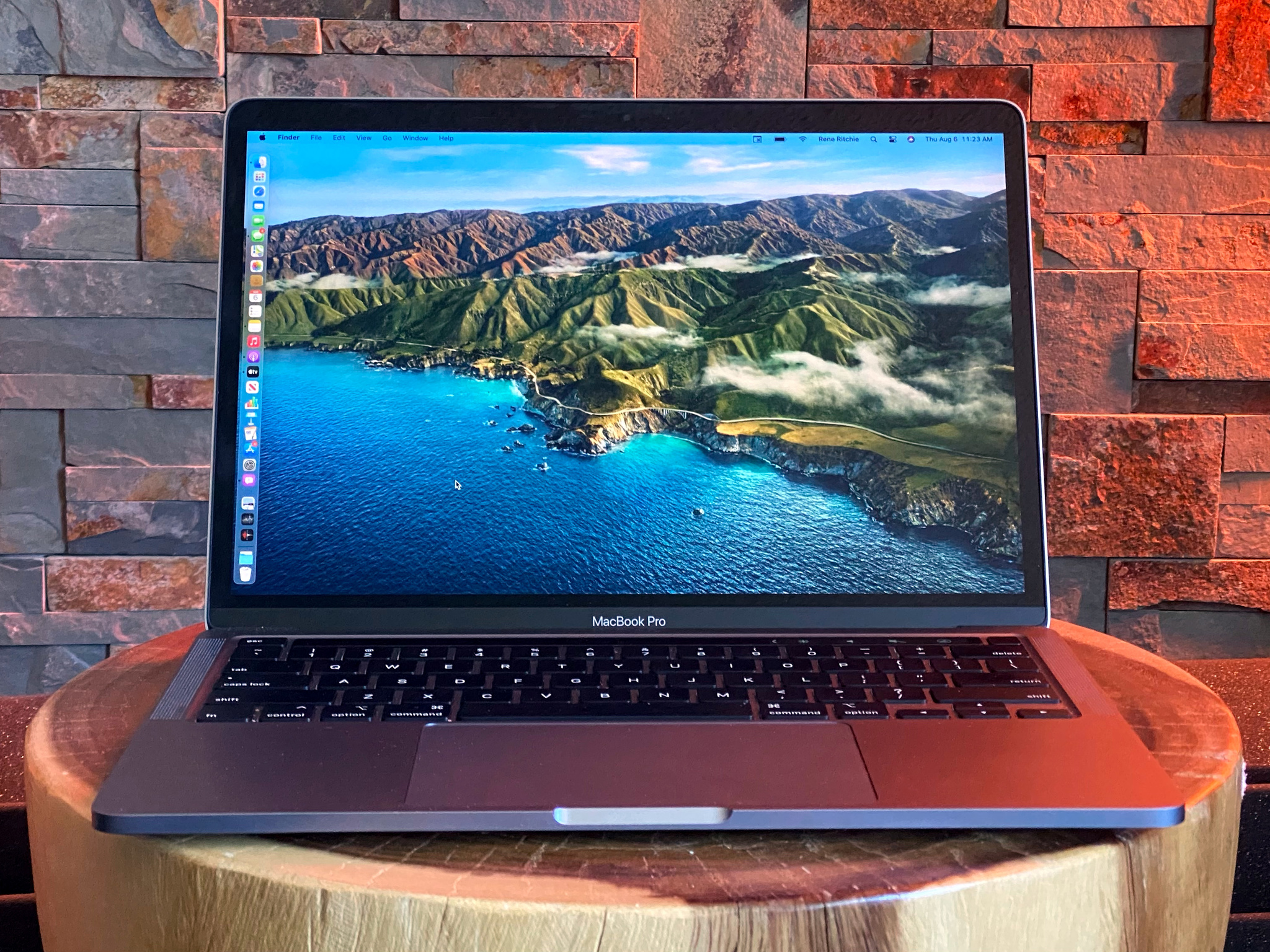
macOS Big Sur launches on November 12, 2020. If you mashed your fingers all over that install button before considering that you may not be ready for it, you can downgrade your Mac back to macOS Catalina. If you follow these steps you'll be back to your old setup in no time.
Note: If you are reading this article on the Mac that you want to downgrade on, switch to another device or print this page before continuing so you can read along as you go.
Important information for Macs with the T2 security chip
Before you try to use a bootable installer to downgrade your Mac if you have a 2018 or newer MacBook Pro, MacBook Air, or Mac mini, you may need to make sure to allow booting from external media before you attempt to downgrade. If you've enabled the Startup Security Utility, check to make sure you'll be able to use a bootable external drive. Here's how.
Note: You'll need the firmware password you used to enable the Startup Security Utility. This is different from your administrative password and your Apple ID. Make sure you know the correct password to access the Startup Security Utility before you begin.
- Restart your Mac.
- Hold down Command+R right when you see the Apple Logo. This will put your Mac into Recovery Mode.
- Click Utilities in the Menu Bar.
- Click on Startup Security Utility.
- Enter your firmware credentials.
- Tick the box to Allow booting from external media.
Step 1: Back up your Mac
This process to downgrade your Mac will erase macOS Big Sur from your hard drive entirely. That means any files, programs, or documents you've been working on will also be erased if you don't back them up first. You also won't just revert back to the previous macOS with all of the files and folders exactly where you left them. Erasing a hard drive means erasing everything. You need a backup. Use an external hard drive or a cloud-based program like DropBox, OneDrive, or iCloud. If you don't save these important files somewhere off of your computer you will lose them.
Step 2: Create a bootable drive of macOS Catalina
Before you downgrade your Mac and erase Big Sur from your computer, download macOS Catalina from the Mac App Store. You'll need a copy of macOS Catalina on an external hard drive for the easiest, fastest way to install the downgrade.
Follow the steps linked below to make a bootable installer drive for macOS Catalina
iMore offers spot-on advice and guidance from our team of experts, with decades of Apple device experience to lean on. Learn more with iMore!
Note: Making a bootable installer requires the use of Terminal. If you don't feel comfortable making changes to your Mac with Terminal, you can create a bootable disk using the DiskMaker X program.
Step 3: Erase your hard drive
You'll need to erase your hard drive before re-installing Catalina. Remember, back up your Mac before performing this step.
- Connect your Mac to the internet via Wi-Fi or Ethernet.
- Click on the Apple icon in the upper left corner of the screen.
- Select Restart from the drop-down menu.
- Hold down Command+R, and keep holding the keys until your computer reboots. This will put your computer into Recovery Mode.
- Click on Disk Utility in the OS X Utilities selector.
- Click Continue.
- Select your Startup Disk.
- Click on the Erase tab at the top of the window.
- Enter a new name for the hard drive, like Macintosh HD. After the drive is erased, it will be changed to this new name.
- If your Mac is using HFS+, select Mac OS Extended (Journaled) from the format list. If your Mac is using APFS, select APFS from the format list.
- If Scheme is available, select GUID Partition Map.
- Click Erase.
After the process is complete, quit Disk Utility from the drop-down menu in the upper left corner of the screen to go back to the OS X Utilities selector.
Step 4: Reinstall macOS Catalina
After you have erased your hard drive, you will want to reinstall Catalina.
NOTE: If your Mac came with macOS Catalina, you can restart your Mac while holding down Shift-Option-Command-R to enter Internet Recovery Mode and install the operating system that came with your Mac. Otherwise, follow the steps below to install Catalina back on your Mac.
- Connect your Mac to the internet via Wi-Fi or Ethernet.
- Plug the bootable hard drive you made in Step 2 into your Mac.
- Click on the Apple icon in the upper left corner of the screen.
- Select Restart from the drop-down menu.
- Hold down Option while your computer restarts. This will send you to the option to select a startup disk.
- Select your bootable drive with macOS Catalina from the list of startup disk options. It will begin installing on your Mac.
- Click Continue in the installation window.
macOS Catalina will install like a standard update. You will agree to the licensing terms before the software reboots on your Mac.
Step 5: Restore settings from an earlier Time machine backup
If you have a recent backup of your Mac saved via Time Machine (which you should), you can use it to reinstall the settings you have saved.
- Connect your Mac to the internet via Wi-Fi or Ethernet
- Click on the Apple icon.
- Select Restart from the drop-down menu.
- Hold down Command+R when you hear the startup chime and keep holding the keys until your computer reboots.
- Select Restore from Time Machine Backup in the OS X Utilities selector.
- Click Continue.
- Click Continue after reading the important information about restoring from a backup.
- Select the Backup source for where your Time Machine backup is stored.
- Click Continue.
- Select the most recent macOS Catalina backup on the drive.
- Click Continue.
Your Mac will begin restoring from the Time Machine backup and then reboot. This process can take a while, so grab a cup of coffee while you wait.
If you run into any problems while trying to downgrade your Mac operating system, check out our friendly forums or let us know in the comments.
If you're thinking about getting a new Mac to go with your new update, check out the best MacBook deals for the best price.
Updated November 2020: Updated for macOS Big Sur.
Lory is a renaissance woman, writing news, reviews, and how-to guides for iMore. She also fancies herself a bit of a rock star in her town and spends too much time reading comic books. If she's not typing away at her keyboard, you can probably find her at Disneyland or watching Star Wars (or both).
